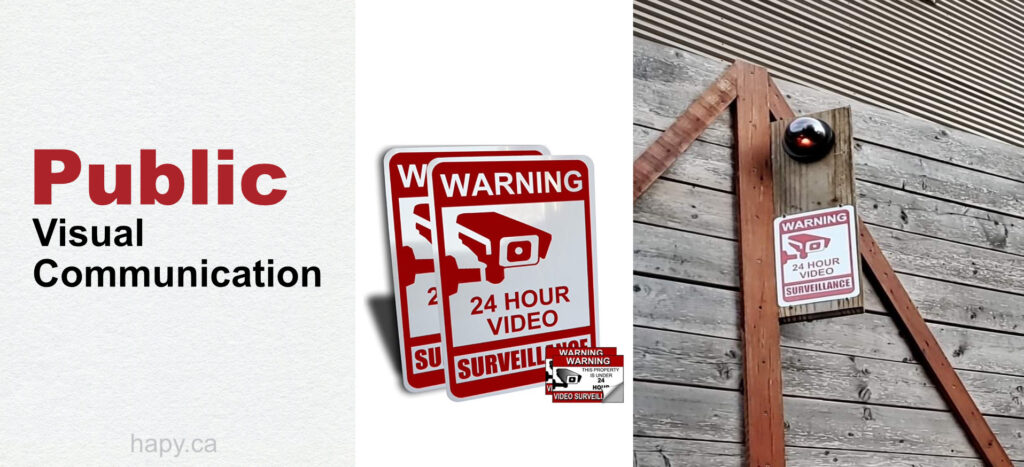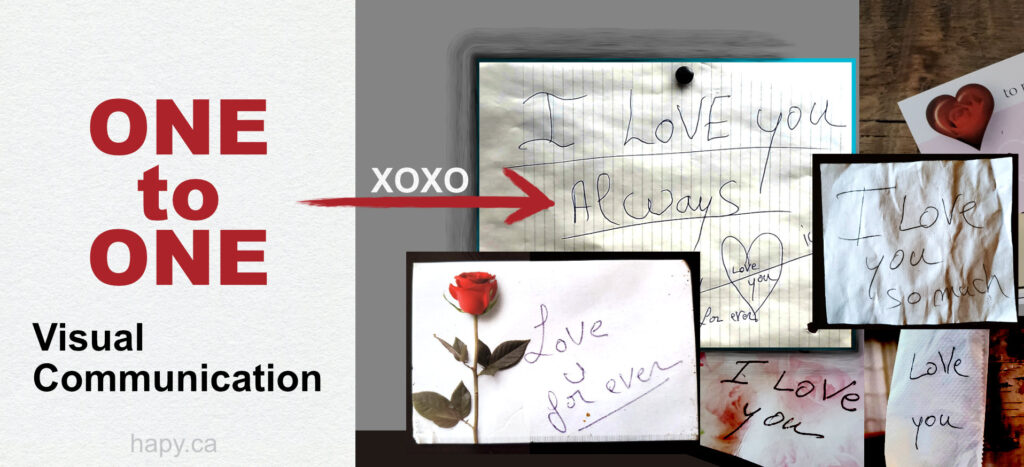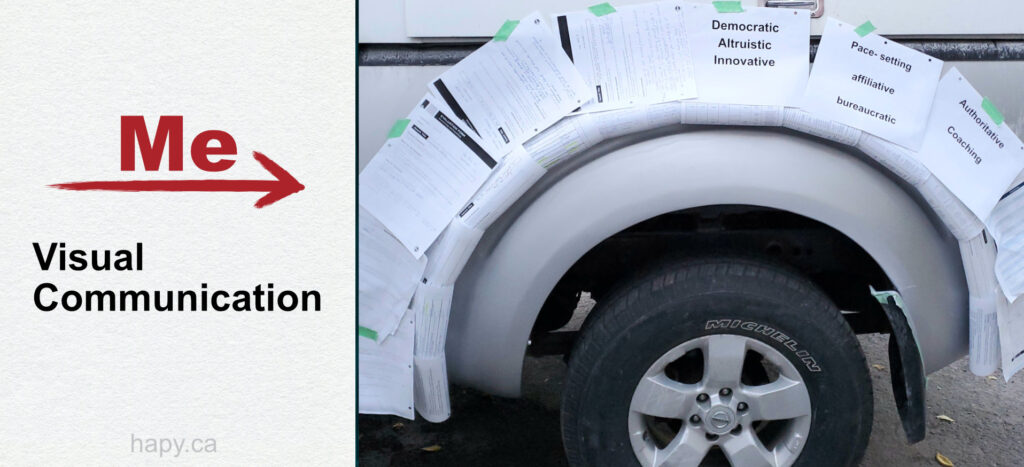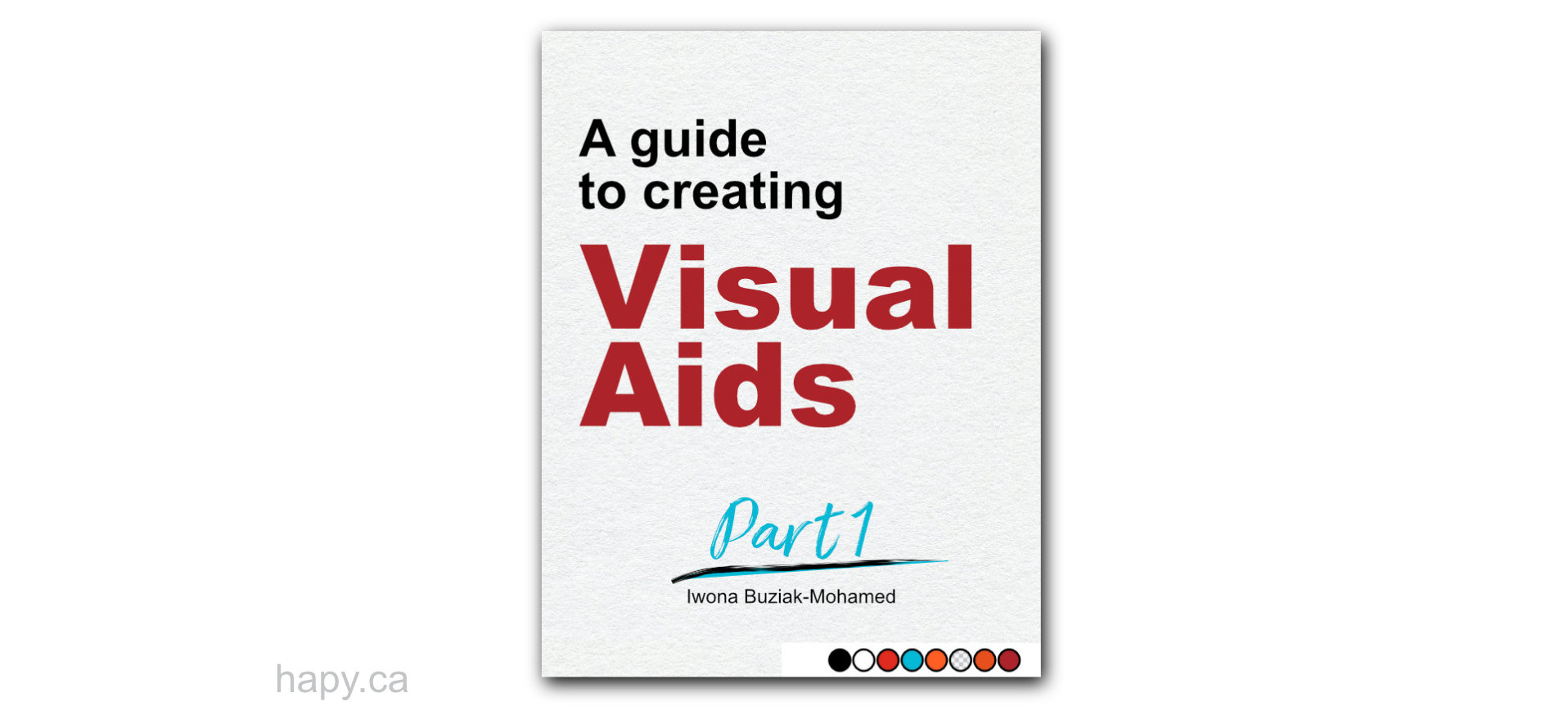Content
What is a visual aid
Many people don’t know how to create a visual aid. So let’s talk about visual aids. First, let’s ask a few questions:
- What is a visual aid?
- Why do you need one?
According to a dictionary, “a visual aid is an item of illustrative matter such as film, slide or model. Why do you need one? To supplement written or spoken information so that it can be understood more easily.”
I would add from my own experience learning the language, it can be any physical object that can help you show what you are talking about. It can be made or found ready.
How to choose a visual aid
The answer is: be clear who your visual aid is for and the rest will follow depending on how fast you need to send your message, how much you are willing to spend on creating a visual aid or does it make sense to invest in creating a visual aid if there is one on the market.
How to categorize visual aids
You can categorize visual aids in many different ways, but for the purpose of this exercise I categorize them by three groups which have to do with people I aim my message for.
- Public—to communicate anonymously with people in a crowd
- One to One—to communicate with one particular person
- Me—to communicate with myself
Let me tell you about each of these groups.
● Public
I call a “Public Group”, a crowd that can pass by and I don’t know these people but I need to communicate my message to them. They actually could be speaking the same language as I but, using a visual aid makes perfect sense instead of trying to talk.
One summer I was challenged by a couple of thieves who were stealing from my property. It made me feel watched and unsafe. I had to figure out how to communicate with them so they could stop coming back, but I didn’t know who they were. Anyone passing by could be them.
So I installed a sign outside saying: 24-hour video surveillance and a camera and they stopped coming. I think the sign and a camera worked well as my visual aid.

● One-to-One
I call a “One-to-One group”, a couple of people who communicate using visual aids that are meant only for them. It could be a note, a postcard, a sign that only they understand.
My husband writes me a lot of love notes and doodles hearts and arrows on them. They are always around the house. I know they make us look like a couple of third graders in love. But he makes these notes for me to make sure I remember he loves me and also they make both of us feel good.
The visual aid here doesn’t need to exist, but we chose to communicate visually as a part of building our relationship in a fun way.

● Me
I call a “Me Group” a group that only I belong to and the visual aids I can use for myself as reminders, or memories, for example.
The summer I had been targeted by thieves, most of my days I worked outside the house so I could watch the neighbourhood. To have a reason to stay outside all day every day for at least a week, I took on the project of fixing the body of my car. I felt a lot of negative energy caused by the thieves coming to my property so I needed a boost of positive energy.
I used my Toastmasters paper notes and taped them to separate the areas I needed to fix on the car. It was a great visual aid. Not only did I recycle the paper, it reminded me of what I was learning and it made me smile too.

Summary
When you deal with life challenges, usually you don’t have any doubt what visual aid can help you communicate your message. As long as you know who it is you want to address your message to whether it is:
- Public
- One-to-One
- Me
You will figure out a fast way to create a strong visual aid.
Print this article: A guide to creating visual Aids – Part 1


0 Comments